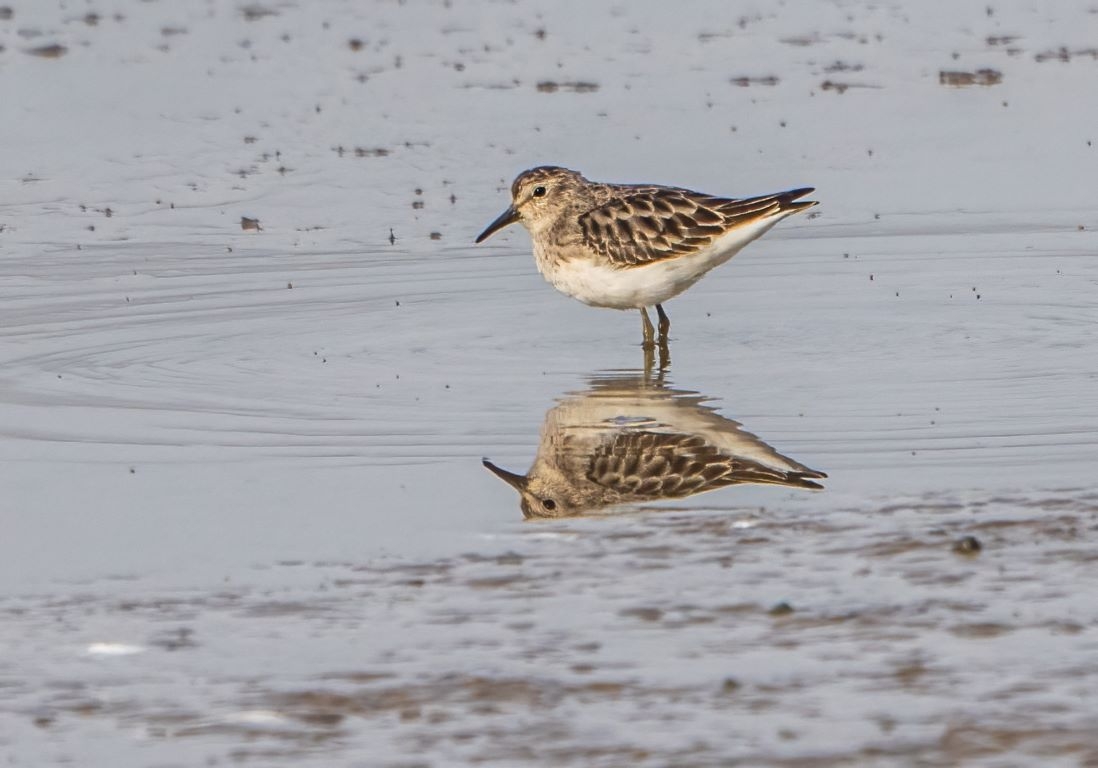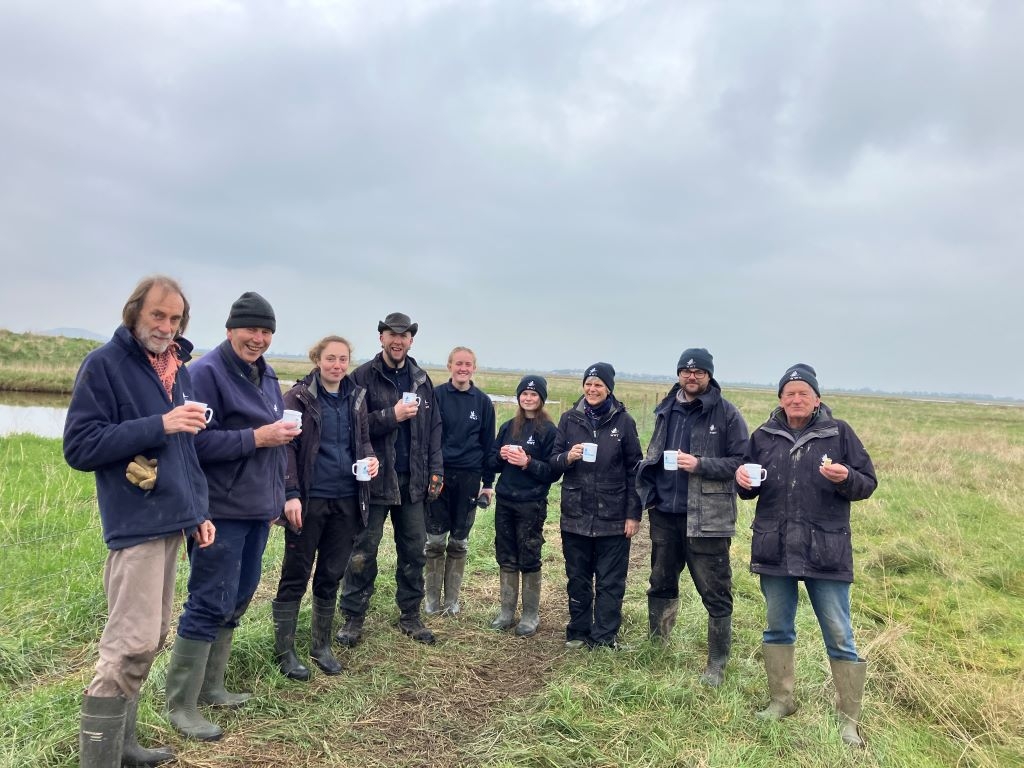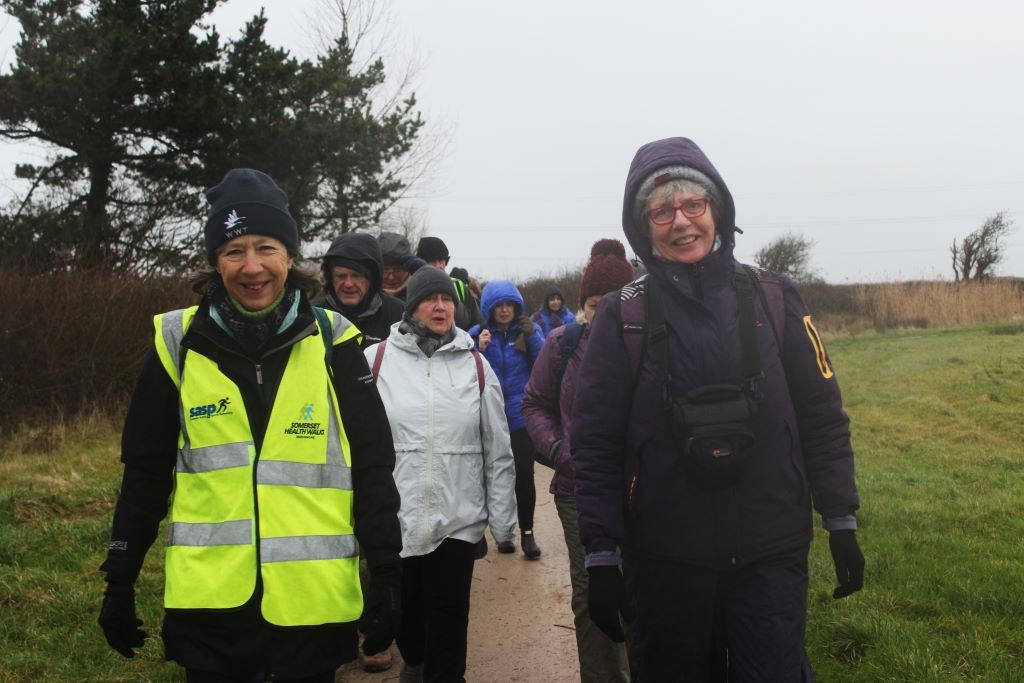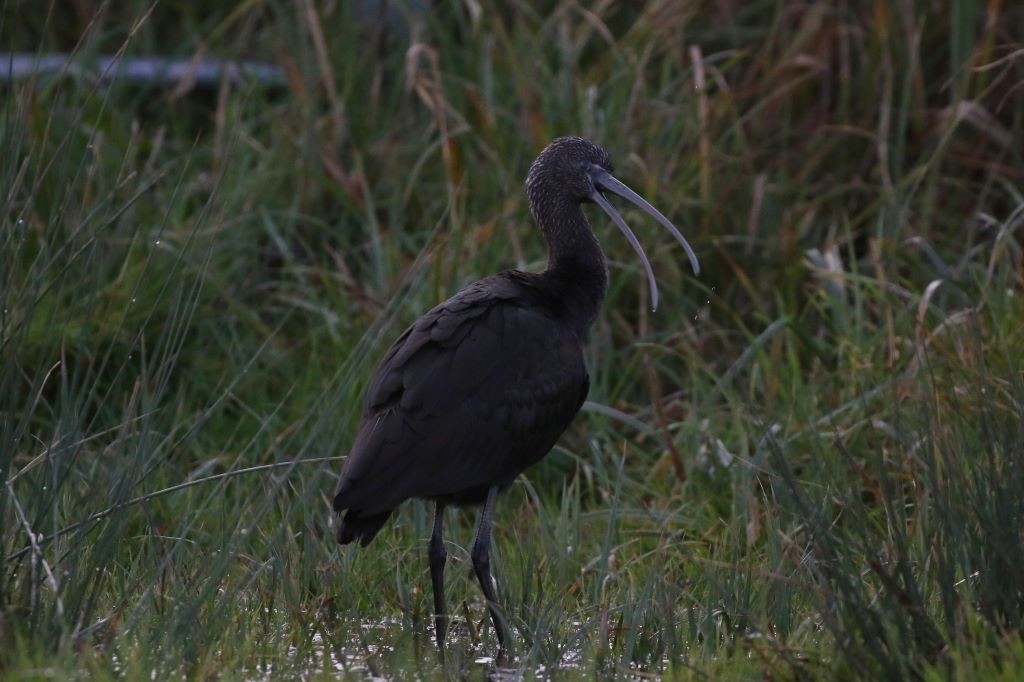Black-winged stilts breed at Steart Marshes
A pair of black-winged stilts have successfully bred three chicks here at WWT Steart Marshes for the very first time.
A pair of black-winged stilts have successfully bred three chicks here at WWT Steart Marshes for the very first time.
The determined waders have settled in a secluded area of the wetlands, cleverly building their nest just high enough on a small island of mud, within the freshwater area to deter predators. The chicks hatched on Thursday 9 July and will be looked after by their doting parents until they fledge.
Black-winged stilts are a rare breeding bird in the UK, so much so that this is the only known pair to have bred in the UK this year. When the birds do breed in the UK, it is usually contained to the south east of England. In fact it is thought that this is the furthest west black-winged stilts have ever nested.
Alys Laver, Site Manager at WWT Steart, welcomed the news. She said:
We were thrilled to discover a pair of rare black-winged stilts nesting by the muddy areas in the freshwater marsh. They are very unusual visitors to this side of the country and it shows how valuable this developing marsh is to waders.
By acutely managing water levels throughout the year, we can make sure that the mud is moist and teeming with juicy invertebrates for the birds to feast on with those large, pointy beaks, as well as help to protect the nest. It’s all about getting the swamp community just right.
The Steart Marshes are just six years old, and it goes to show how quickly new wetlands can support amazing wildlife. If you create it, they will come!
The birds have picked a sheltered part of the reserve which is fenced off, surrounded by deep water with plenty of cover overhead from wetland plants. Reserve staff have also covered posts with bird deterrents close to the nest to help stop predators potentially targeting their young.

Black-winged stilts are large black-and-white waders with long reddish-pink legs, usually found in the Mediterranean. They are ground-nesting birds that feed on insects and crustaceans which they pick from the surface of the water or forage for in shallow mud.

Although attempts are increasing, they are still a very rare breeding species in the UK. Unfortunately their chicks seem particularly vulnerable to predation meaning successful attempts are even rarer. So much so, that in 2014, a clutch hatched in North Kent after a near 30-year gap. In 2017, 13 black-winged stilts are known to have fledged in southern England. But this year we believe this is the only pair in the UK to have made it this far.
However rising temperatures are expected to bring more of these birds to the UK along with other species such as great and cattle egrets. More wetlands are needed to support these new settlers as our climate changes.
Alys continued:
It’s early days and we don’t want to get ahead of ourselves. However these birds are faithful to their breeding sites, so who knows, one day we might have a small population at Steart.
In the meantime we’ll be doing all we can to make sure Steart is an attractive a home as possible for this striking waterbird as well as other wetland animals.
Viewing details
We want to provide the opportunity for people to enjoy these birds but the welfare of the birds and respect for local residents must come first. With that in mind we ask anyone who is planning a visit to adhere to the following:
- Viewing is from 8am-6pm (no access outside these hours, gates to viewing area will be locked)
- Access from the footpath in the southeast corner of the main car park and follow on-site signage
- Please remember to maintain social distancing
Please note that the viewing platform is almost a mile (1.5km) from the car park and access is along uneven grass tracks. Viewing is restricted to three people at a time. The adults are easily seen, at a distance of about 250m, but the chicks are very elusive and unlikely to be seen until they are older.



